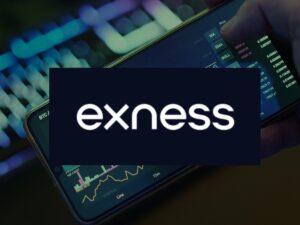Leverage is one of the most defining features of forex and CFD trading. At Exness, traders have access to some of the most competitive leverage options in the industry, designed to accommodate both beginners and professionals. This article delves deeply into the leverage structure at Exness, highlighting its flexibility, the instruments it applies to, and how it varies based on account types, trading volumes, and regulatory constraints.
What is Leverage in Forex and CFD Trading?
Leverage allows traders to control larger market positions with a smaller amount of capital. For instance, with leverage of 1:100, a trader can control a $10,000 position by investing just $100. While this amplifies potential profits, it equally magnifies potential losses, underscoring the need for prudent risk management.
At Exness, leverage ranges from conservative levels to an impressive 1:Unlimited, depending on account type, instrument, and trader eligibility. This unparalleled offering positions Exness as a leader in trading flexibility.
The Unique Leverage Offerings of Exness
Standard and Professional Accounts
Exness offers five core account types, each with distinct leverage settings and benefits tailored to varying trader needs.
- Standard Accounts: Ideal for new traders, offering unlimited leverage on forex and metals. Spreads start from 0.3 pips, making these accounts highly cost-effective.
- Pro Accounts: Designed for experienced traders, Pro accounts offer up to 1:2000 leverage. They provide faster execution speeds and tighter spreads.
- Raw Spread and Zero Accounts: Professional accounts focusing on cost efficiency. Leverage here also reaches 1:2000, with spreads starting from 0.0 pips, ideal for scalpers and day traders.
- Standard Cent Accounts: Featuring unlimited leverage, this account is tailored for beginners who wish to practice strategies with smaller capital exposure.
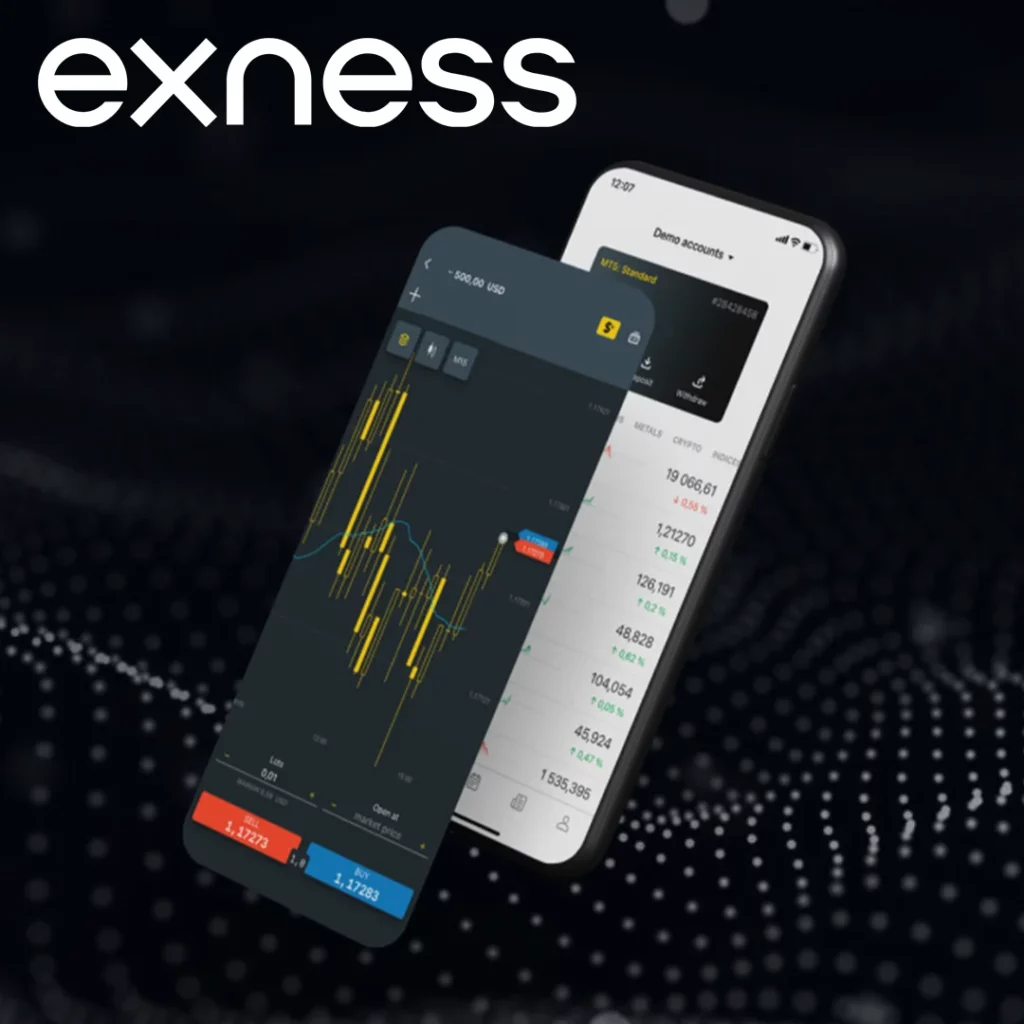
Instrument-Specific Leverage
Exness structures leverage based on the type of asset traded. This ensures both competitiveness and risk control across the wide range of instruments available:
| Instrument Category | Examples | Maximum Leverage | Notes |
| Forex Majors | EUR/USD, GBP/USD | 1:Unlimited | High liquidity supports higher leverage. |
| Forex Minors | AUD/CAD, NZD/CHF | 1:Unlimited | Suitable for diversified forex strategies. |
| Forex Exotics | USD/ZAR, EUR/TRY | 1:2000 | Higher volatility than majors. |
| Metals | XAU/USD, XAG/USD | 1:2000 | Includes gold, silver, platinum, and palladium. |
| Cryptocurrencies | BTC/USD, ETH/USD | 1:100 | Controlled leverage due to high volatility. |
| Energies | UKOIL, USOIL | 1:200 | Leverage reflects commodity market dynamics. |
| Stocks | Tesla, Apple | 1:20 | Designed for stable stock trading. |
| Indices | S&P 500, NASDAQ 100 | 1:100 | Allows diversified index exposure. |
Unlimited Leverage
Exness was the first broker to introduce unlimited leverage, a groundbreaking feature that allows traders to open exceptionally large positions with minimal margin requirements. This feature is particularly advantageous for high-frequency traders, scalpers, and those trading in highly liquid forex markets.
Key Features of Unlimited Leverage:
- Accessibility: Available for Standard and Standard Cent accounts.
- Dynamic Adjustment: Applies to accounts with balances below $1,000.
- Use Case: Best suited for short-term trading strategies and experienced traders familiar with high-risk environments.
How Leverage Varies Based on Account Balance
Exness employs a dynamic leverage model where the leverage decreases as the trader’s account balance grows. This protects both the trader and the broker from excessive exposure.
| Account Balance ($) | Maximum Leverage |
| Below 1,000 | 1:Unlimited |
| 1,000–10,000 | 1:2000 |
| 10,000–50,000 | 1:1000 |
| Above 50,000 | 1:200 |
This system encourages responsible trading while still offering flexibility for smaller accounts.
Regional and Regulatory Constraints on Leverage
Exness operates globally, and leverage offerings may vary depending on regulatory jurisdictions. For instance:
- European Union and UK: Leverage is capped at 1:30 for retail traders due to ESMA regulations.
- Australia: ASIC regulations limit leverage to 1:30 for retail clients.
- Global Markets: For accounts outside these jurisdictions, higher leverage is available, often reaching up to unlimited levels.
These regulatory limits ensure compliance while protecting traders in regulated markets.
Benefits and Risks of High Leverage
- Enhanced Market Exposure: High leverage allows traders to control positions much larger than their initial capital. This amplifies potential returns and provides opportunities to profit from relatively small price movements in the market.
Example: A trader with $1,000 in their account using 1:500 leverage can control a position worth $500,000, magnifying the potential for gains.
- Optimized Capital Use: By requiring only a fraction of the total trade value as margin, leverage enables traders to free up capital for other purposes:
- Diversification across multiple instruments or markets.
- Maintaining a healthy margin buffer to absorb market fluctuations.
- Practical Outcome: A trader can simultaneously hold multiple positions in forex, metals, or cryptocurrencies without tying up all their capital.
- Scalability for Small-Capital Traders: Leverage levels such as 1:500 or 1:2000 enable traders with limited funds to participate in larger market movements, which would otherwise be inaccessible. This is particularly beneficial for those starting with smaller balances who wish to capitalize on significant market trends.
- Maximizing Short-Term Opportunities: In fast-moving markets, leverage allows traders to take advantage of intraday price movements or capitalize on news-driven volatility without requiring large upfront investments.
- Amplified Losses: Just as leverage magnifies profits, it equally amplifies losses. A small adverse price movement can lead to significant losses, quickly eroding a trader’s account balance.
Example: A 1% unfavorable movement on a $500,000 leveraged position can result in a $5,000 loss, far exceeding the trader’s initial $1,000 balance.
- Margin Calls and Stop-Outs: High leverage increases the likelihood of margin calls, where the broker requires additional funds to maintain open positions. In cases where margin levels fall below the required threshold, stop-outs occur, forcibly closing positions to prevent further losses.
- Scenario: A trader using high leverage during volatile market conditions might experience rapid price swings that deplete their margin and trigger a stop-out, closing their positions at a loss.
- Overtrading: The accessibility of high leverage can tempt traders to take on excessive risks by opening multiple large positions. This increases the probability of losses and creates emotional stress, often leading to irrational decision-making.
Example: A trader might overestimate their ability to manage multiple leveraged trades, leading to margin exhaustion and forced liquidations.
- Volatility Risks: In highly volatile markets, such as cryptocurrencies or certain exotic forex pairs, high leverage can exacerbate the impact of sudden price fluctuations, causing rapid losses even with small movements.
- Psychological Pressure: The prospect of significant gains from leveraged trading can lead to greed, while the fear of amplified losses may induce panic. Both emotions can result in poor trading decisions, such as prematurely exiting profitable trades or holding onto losing positions.
How to Use Leverage Responsibly at Exness
Adopt a Robust Risk Management Plan
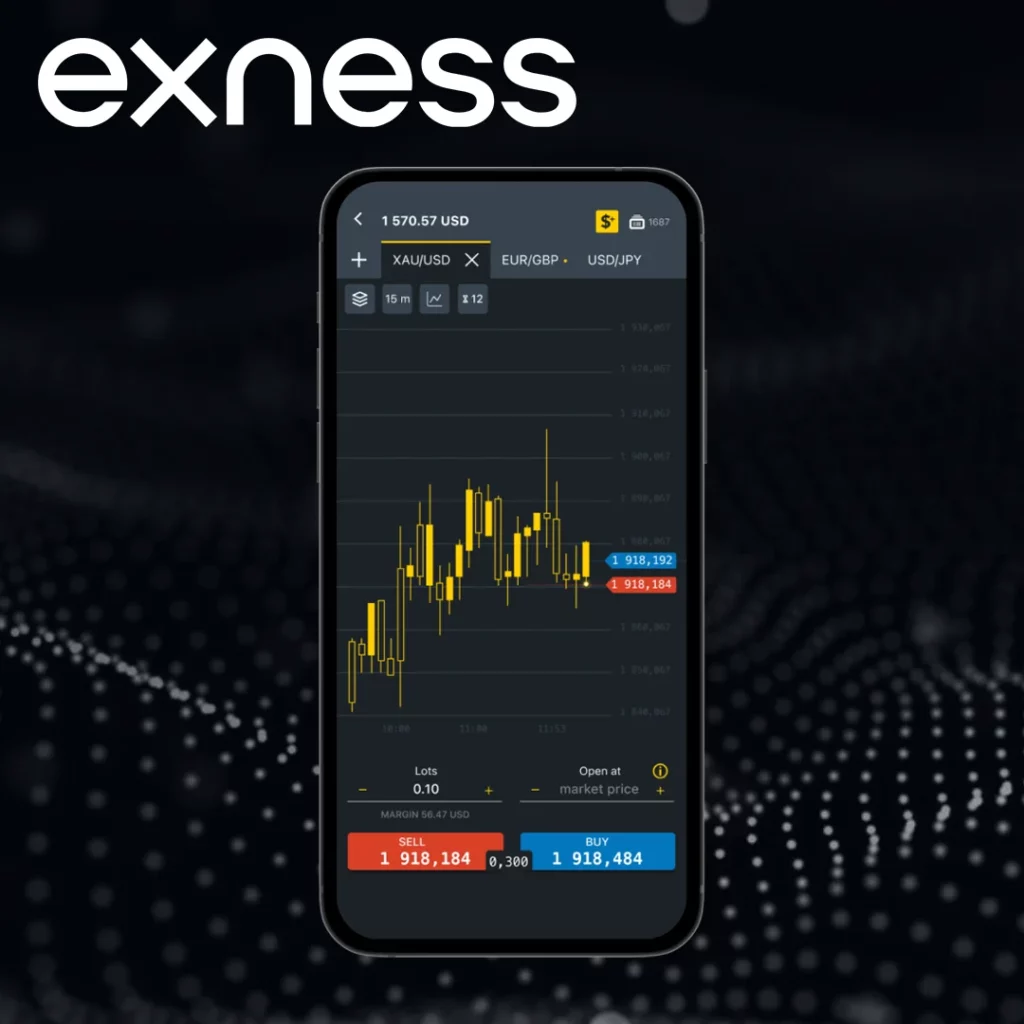
Risk management is the cornerstone of responsible trading, especially when using high leverage. A well-structured plan should include:
- Stop-Loss Orders:
Setting stop-loss levels ensures trades are automatically closed if the market moves against your position, limiting potential losses. For example, in a highly leveraged position, a stop-loss order set 0.5% away from the entry price can prevent significant account drawdowns. - Take-Profit Orders:
Similar to stop-loss orders, take-profit orders lock in gains when the market moves in your favor, helping you exit positions at predetermined profit levels. - Risk-Reward Ratio:
Ensure each trade has a favorable risk-reward ratio (e.g., 1:3), where potential profits outweigh potential losses. - Diversification:
Avoid placing all your capital in a single trade or market. Spread your positions across different instruments to reduce overall risk.
Margin Requirements
Margin requirements dictate the minimum amount of capital needed to open and maintain a leveraged position. Exness uses a dynamic margin system tailored to different instruments and leverage levels.
- Forex:
Major currency pairs like EUR/USD have margin requirements as low as 0.5%, allowing for significant leverage. For example, to control a $100,000 position with 1:200 leverage, only $500 is required as margin. - Metals:
Due to their price volatility, metals like gold (XAU/USD) typically have higher margin requirements, often starting at 1%. This reflects their larger price fluctuations compared to forex pairs. - Crypto, Stocks, and Indices:
These instruments often have stricter margin requirements, reflecting their inherent volatility and regulatory constraints. For instance, cryptocurrency pairs like BTC/USD may require 10% margin or more.
By understanding these requirements, traders can better manage their accounts and avoid margin calls or stop-outs.
Use Lower Lot Sizes for High Leverage
Trading with smaller lot sizes significantly reduces the risk of substantial losses while still enabling traders to take advantage of leveraged opportunities. For example:
- Scenario 1 (High Lot Size):
A 1-lot position (100,000 units) on EUR/USD with 1:500 leverage requires $200 in margin. A 1% adverse price movement results in a $1,000 loss, potentially wiping out smaller account balances. - Scenario 2 (Lower Lot Size):
A 0.1-lot position (10,000 units) on the same pair requires just $20 in margin, with a 1% movement causing only a $100 loss. This approach leaves more room for recovery or additional trades.
Lower lot sizes provide greater flexibility and reduce the likelihood of account depletion.
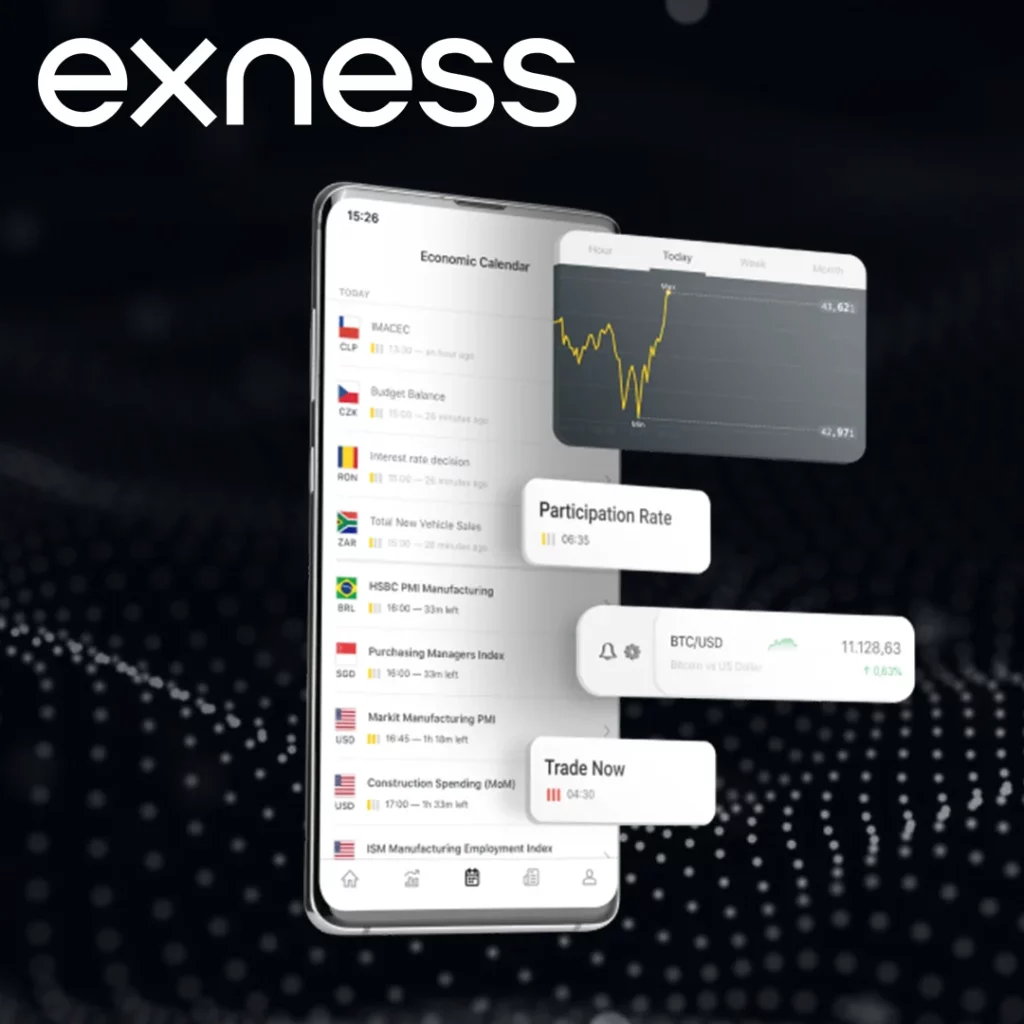
Stay Informed About Market Conditions
Market conditions play a critical role in leveraged trading. Volatility, liquidity, and major news events can cause rapid price swings, significantly impacting leveraged positions.
- Economic News:
Monitor economic calendars for key events like interest rate decisions, inflation reports, and employment data. These events can cause sharp, unexpected price movements. - Volatility Indicators:
Use tools like the Average True Range (ATR) or Bollinger Bands to assess market volatility and adjust leverage accordingly. High volatility markets may warrant lower leverage to avoid rapid losses. - Market Trends:
Stay aligned with broader market trends. Leveraging against the prevailing trend increases risk, while trading with the trend often leads to more favorable outcomes.
Using leverage responsibly at Exness requires a combination of knowledge, strategy, and discipline. By adopting robust risk management practices, understanding margin requirements, and staying informed about market conditions, traders can harness the power of leverage while minimizing its risks. Ultimately, responsible leverage use is key to achieving sustainable success in trading.
Real-World Example: Leverage in Action
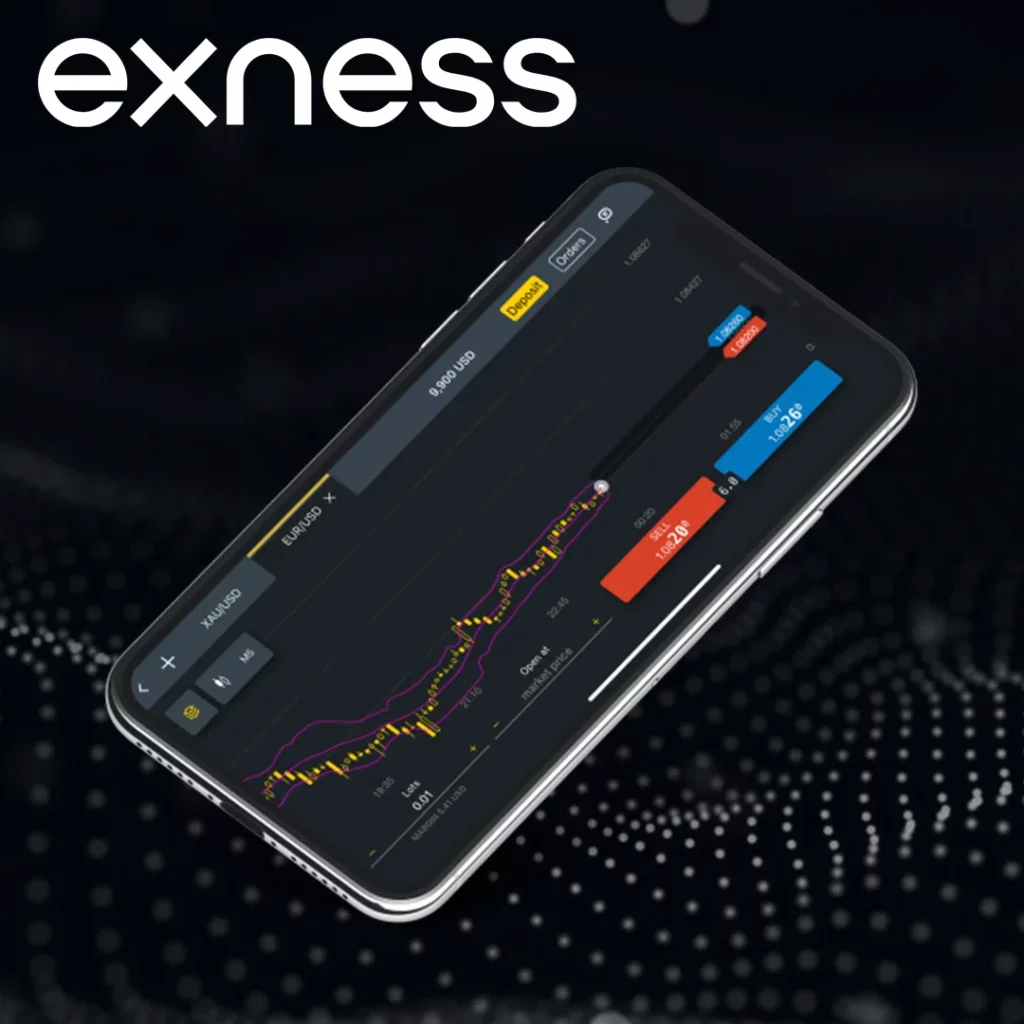
Scenario Overview
A trader has a $500 account balance and chooses a leverage ratio of 1:500 to trade EUR/USD, one of the most liquid currency pairs in the forex market. With this leverage, the trader gains the ability to control a much larger position than their initial capital.
- Position Size Calculation:
Using leverage, the trader’s position size becomes:
$500 × 500 = $250,000
This means the trader is effectively controlling $250,000 in the forex market, despite only having $500 in their account. - Margin Requirement:
The margin required to open this position is calculated as:
Position Size ÷ Leverage = $250,000 ÷ 500 = $500
This utilizes the trader’s full account balance as margin, leaving no free margin for additional trades or absorbing potential losses.
Potential Profit or Loss
Leverage magnifies both gains and losses. Let’s consider a 1% price movement in the EUR/USD exchange rate:
- Profit Calculation (1% upward movement):
If the price moves 1% in the trader’s favor, the gain is:
$250,000 × 0.01 = $2,500
This represents a 500% return on the trader’s initial $500 balance. - Loss Calculation (1% downward movement):
Conversely, if the price drops 1% against the trader’s position, the loss is:
$250,000 × 0.01 = $2,500
This exceeds the trader’s entire account balance, triggering a margin call or stop-out. The account would be reduced to zero, but thanks to Exness’s Negative Balance Protection, the trader cannot lose more than their initial deposit.
Additional Considerations
Free Margin and Risk:
Since the trader’s full $500 balance is used as margin, there is no free margin left to sustain even minor adverse price movements. A drop of just 0.2% ($500) in the market would result in a margin call.
Volatility Implications:
The forex market can experience rapid price changes due to economic news, central bank decisions, or geopolitical events. A heavily leveraged position like this is extremely sensitive to such fluctuations.
Alternative Strategy:
The trader could opt for a lower lot size, such as 0.5 lots (50,000 units) instead of the full 1 lot (100,000 units). This reduces the margin requirement to $250, leaving $250 as free margin to cushion against potential losses.
Key Lessons from the Example
Leverage as a Double-Edged Sword:
While leverage can amplify profits, it equally magnifies losses, potentially leading to the loss of the entire account balance in moments of market volatility.
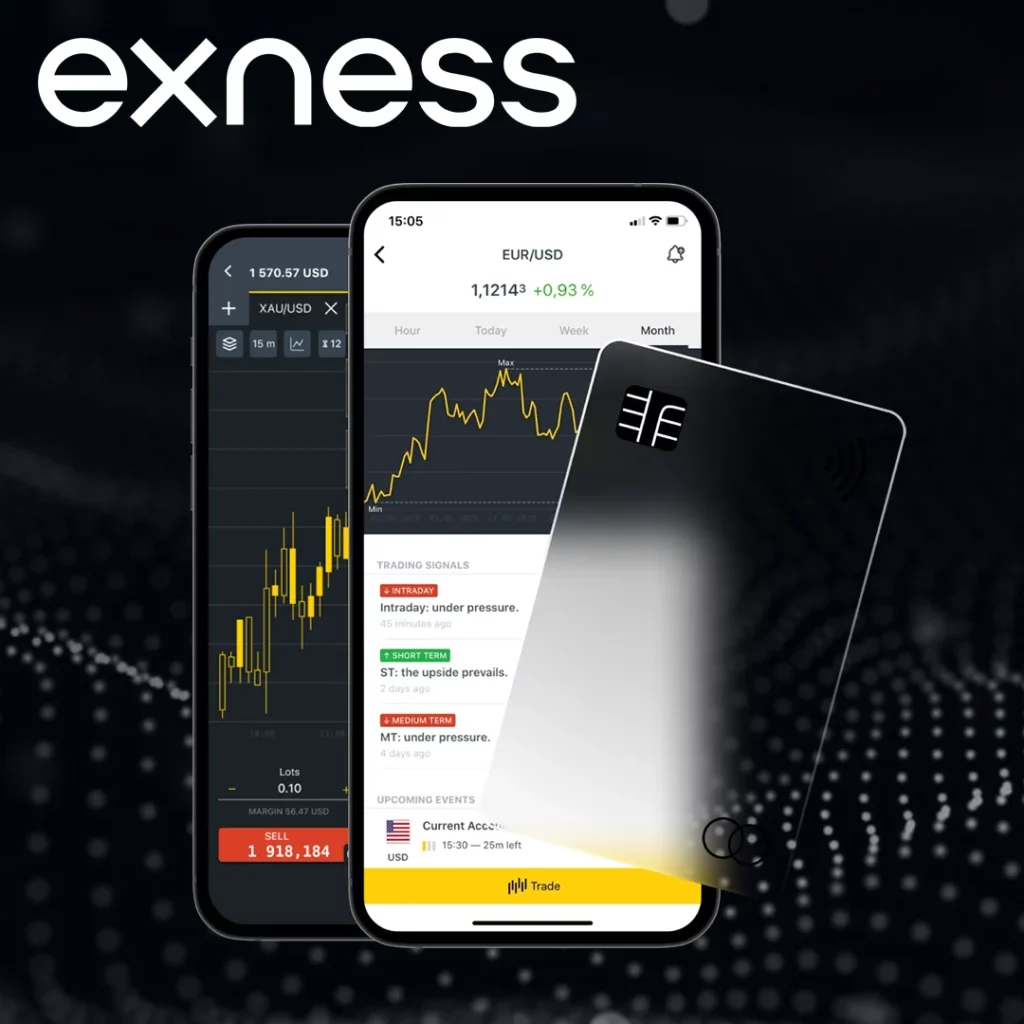
Risk Management:
- Use stop-loss orders to limit potential losses.
- Avoid using the full balance as margin to maintain free margin and reduce risk of margin calls.
- Trade with leverage that aligns with your risk tolerance and strategy.
Traders must account for margin requirements and ensure their positions are appropriately sized relative to their capital.
Conclusion: Leverage as a Tool for Success
Exness’s leverage structure offers something for everyone—from new traders experimenting with low-risk strategies to experienced professionals executing high-frequency trades. The availability of unlimited leverage, coupled with account-specific flexibility, makes Exness a standout choice for traders globally. However, the power of leverage requires a responsible approach, underscoring the importance of education and risk management.
With the right knowledge and tools, Exness’s leverage options empower traders to maximize their market potential while managing the inherent risks effectively.

Trade with a trusted broker Exness today
See for yourself why Exness is the broker of choice for over 800,000 traders and 64,000 partners.
FAQ
What is high leverage in trading?
High leverage allows traders to control a larger position size than their account balance by borrowing capital from the broker, amplifying both profits and risks.

